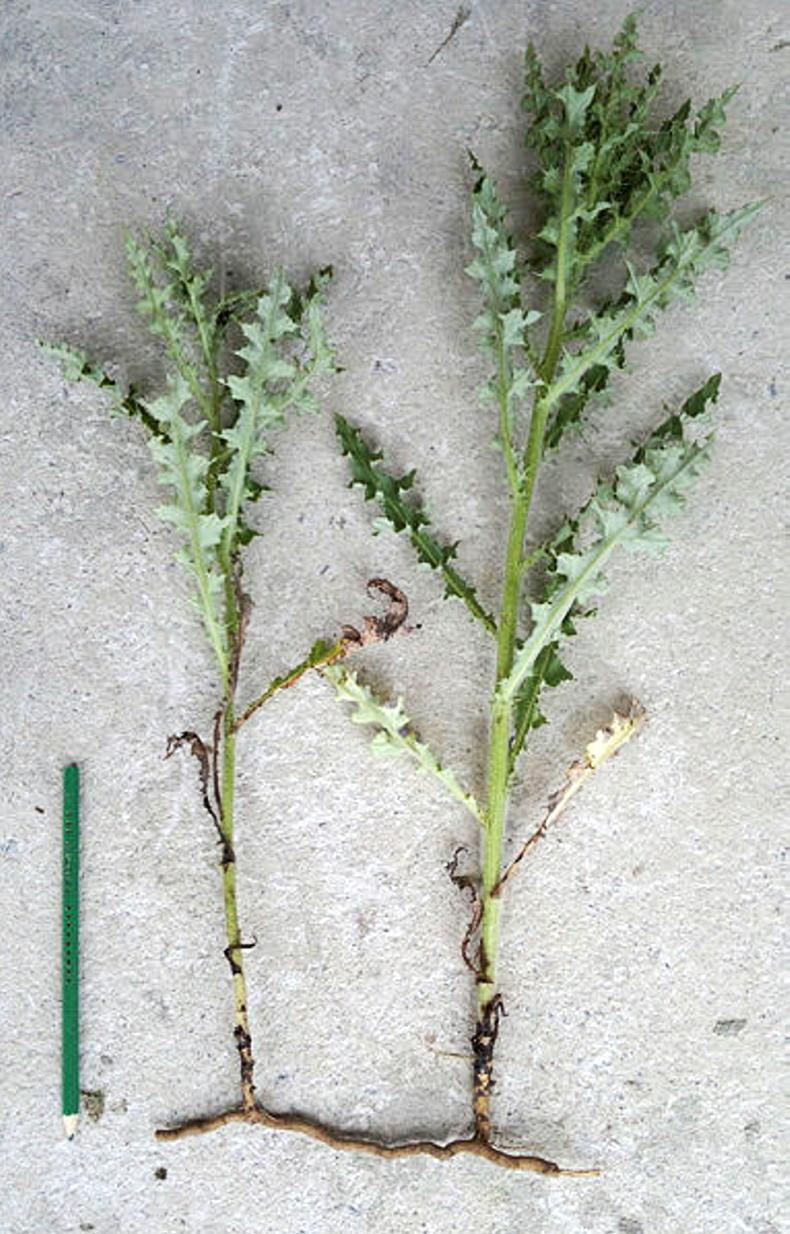THE clocks went forward giving way to brighter evenings and allowing us time to clear out our tack rooms and dust down the rafters. Any fencing, doors and gates can now be protected with paint or timber preservative (creosote is no longer allowed) to save against the elements and also freshen up the appearance of the yard.
Spring is a good time to give our stables a thorough clearing out and disinfecting. It’s best to clear out a number of stables at a time and move horses to another area or turn them out if possible. All bedding, manure and straw should be removed to the muck heap and the entire area, including the walls, power-hosed. Next the entire stable should be disinfected and then left until completely dry before putting clean bedding in again.
When turning your horses out to pasture in the springtime it is important to ensure that there are no poisonous plants or trees in the field or paddock. Those that are considered to be poisonous to horses include laburnum, oak, rhododendron, yew, bracken, foxglove, mare’s tails and ragwort.
Habitat for wildlife
Well-managed hedges, in association with a post and rail fence or suitable mesh fencing designed with horses in mind, are considered to be ideal forms of fencing in terms of being safe, giving shelter and providing habitat for wildlife. It is important to walk the boundary of the field to ensure that any fencing and hedgerows are safe before horses are turned out.
Guidelines in relation to grass height for horses are to maintain sward height to at least 5cm through the grazing period and not less than 2cm to 5cm at the end of a grazing period. Grazing horses with cattle or sheep (mixed grazing) is good for controlling grass supply and maintaining an even sward. As featured in last week’s Grassland Feature, sheep or cattle can follow the horses to graze off the ungrazed areas, as their grazing behaviour is different from horses.
In order to control docks, spraying should be carried out in May or June when the docks are actively growing with a large leaf area and before the plants have begun to flower. Spraying can also be carried out on re-growth after a hay or haylage crop has been taken. Creeping thistles can be sprayed in May, June or July when they are actively growing with a large leaf area and before the plants have begun to shoot and flower. Spray label directions should be followed carefully to protect operators, horses and other animals in the vicinity.




 This is a subscriber-only article
This is a subscriber-only article
 It looks like you're browsing in private mode
It looks like you're browsing in private mode






SHARING OPTIONS: